Ports are dealing with supply chains that are recovering after the devastating impact of the COVID-19 global pandemic. For example, there is a lack of trained personnel to manage supply chains and the sheer volume of goods being moved is putting pressure on virtually all international ports.
Port congestion from increased shipping is a real problem and is not helped by expanding regulatory requirements. This article will learn about the underlying causes of the congestion facing the industry.
Causes of Port Congestion
While demand patterns have been disrupted by the COVID-19 pandemic, other possible causes of
port congestion include the following:
– An increase in the size (and number) of vessels that normally anchor at most ports and the volume of goods passing through those ports. This creates a significant workload for those involved in verification and processing procedures.
– The global COVID-19 crisis has created a critical shortage of personnel. Although some improvement has been shown in recent months, the overall picture is an industry that lacks qualified and experienced personnel.
– Other factors contributing to the congestion include inclement weather, shortage of chases and geopolitical pressures, etc.
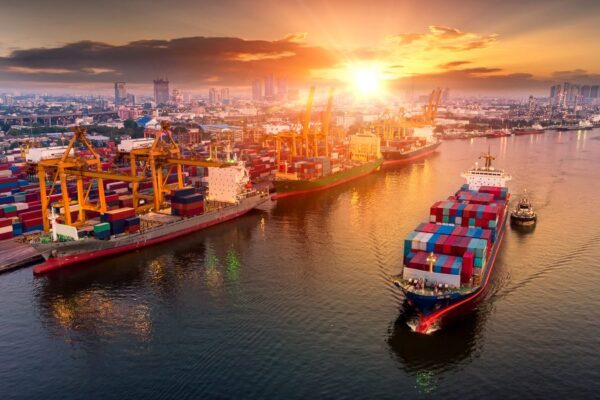
Congestion Impacts
Congestion impacts directly hit throughput, i.e., processing and posting times have doubled or tripled. Shippers and their freight forwarders are struggling to coordinate and manage supply chain relationships.
Another impact relates to the increased complexity of operating in the shipping industry. After delays, additional processes and documents arise. Sometimes, all of that leads to increased financial costs, with notable examples being increased demurrage and detentions.
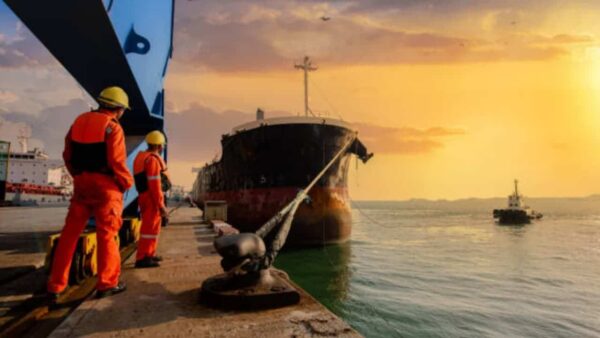


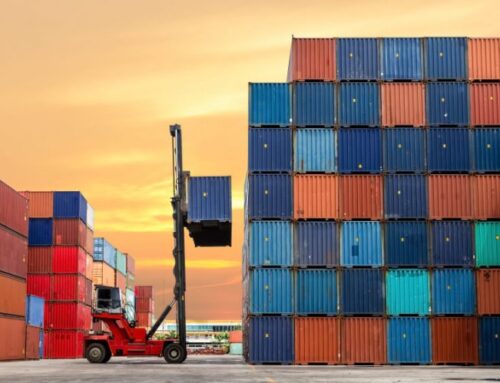

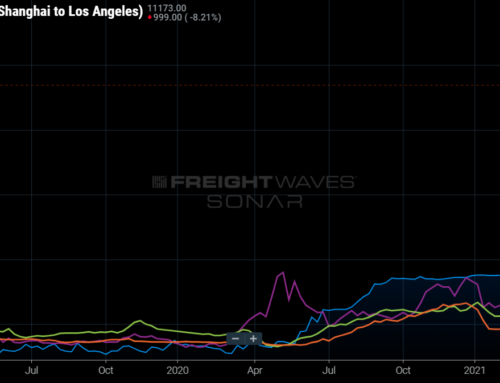
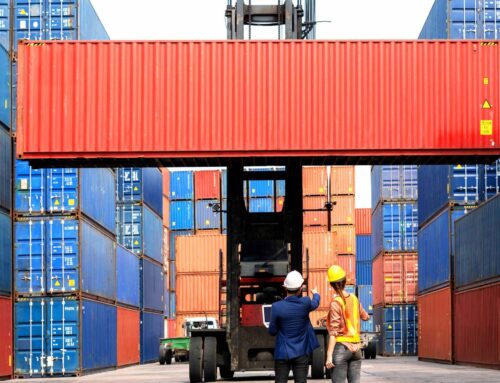
Leave A Comment